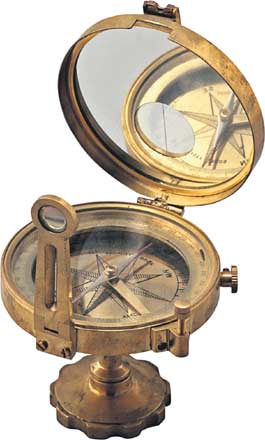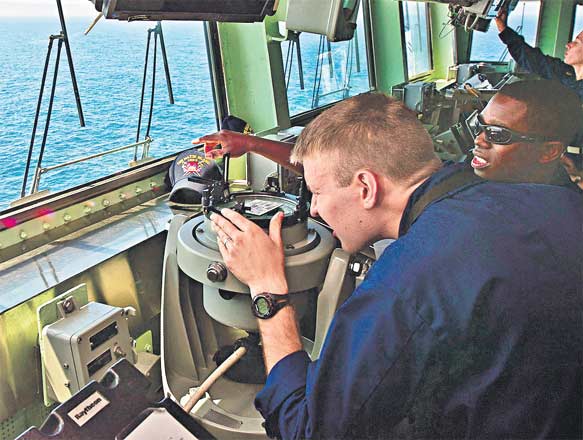Compasses are some of the oldest navigational tools in history. Since Mankind started to understand more about Navigation they have been crucial to major feats of navigation such as the first transoceanic voyages and the circumnavigation of the globe. None of this would be possible without the aid of the compass in performing navigation calculations over long distances. Let’s read how a compass works…
A compass is a device that indicates direction. It is one of the most important instruments for navigation. Magnetic compasses are the most well-known type of compass. Early explorers had to use local landmarks and the stars to navigate. This made it very difficult to travel to far or unknown destinations. Compasses were one of the key breakthroughs that made such voyages a reality
Detects earth’s magnetic field
 A compass works by detecting the Earth’s natural magnetic fields. The Earth has an iron core that is part liquid and part solid crystal due to gravitational pressure. It is believed that movement in the liquid outer core is what produces the Earth’s magnetic field.
A compass works by detecting the Earth’s natural magnetic fields. The Earth has an iron core that is part liquid and part solid crystal due to gravitational pressure. It is believed that movement in the liquid outer core is what produces the Earth’s magnetic field.
Like all magnetic fields the Earth’s magnetic field has two main poles, a north and south pole. These magnetic poles are slightly off from the Earth’s axis rotation which is used as the basis of the geographic poles, but they are close enough that the general directions with adjustments for the polar difference, called a declination, can be used for navigation.
Types of compasses

Baseplate Compass: The baseplate compass is one of the most common and affordable types of compass. The liquid-filled compass mounts on a rectangular base made of clear plastic.
Card Compass: The card compass, or marine compass, commonly used on ships and boats, differs from most other compasses because it uses a fixed needle, relying on a moving compass card for directional readings.
Thumb Compass: Competitors in various orienteering sports often use thumb compasses, also known as competition compasses.
Lensatic Compass: This compass features three main parts. The base forms the body of the compass and holds the needle, dial and rotating scales.
Prismatic Compass: This a sophisticated device designed for highly accurate navigation. The prism sighting arrangement allows the user to read the compass bearings while sighting distant objects.
Gyrocompass: A gyrocompass harnesses the force of gravity to a gyrowheel so that the axis of the wheel will always seek the north-to-south line. This sophisticated compass always finds true north, rather than magnetic north.
Electronic Compass: Electronic compasses provide bearings on a numerical readout. They give quite accurate readings and include a number of special features, including the option to store bearings in the memory and the ability to notify the user if he wanders off course.
